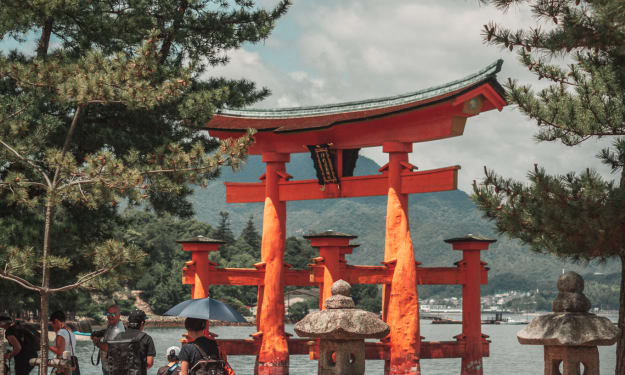Qolşärif - Inside Russia's Largest Mosque
Minarets and Onion Domes in Kazan are "Connecting our past and our future."

Known as the third capital of Russia, Kazan is the capital city of the Tatarstan Republic. There are equal numbers of Muslims as there are Orthodox Christians in the city of 1.2 million people, nestled on the banks of the Volga River, located some 800 kilometers east Moscow.
A kremlin (кремль in Russian) is a fortified citadel in which there is a collection of buildings. A UNESCO World Heritage Site, thousands of people from all over the world visit the Kazan Kremlin every year.

After the fall of the Soviet Union in the early 1990s, churches and mosques in Tatarstan were rebuilt, or restored to their former use. The Tatar language, which belongs to the Turkic family, was officially recognised as an official language of the region, alongside Russian.
There is also a 'Temple of All Religions," a sacred place designed to welcome people of all faiths.
Fascinated by how two cultures, languages and faiths can live alongside each other in peace, many journalists, photographers, and politicians have come to visit the region, to document and revel in the mutual respect each group has for the other.

The Kazan Kremlin features 26 different buildings, the oldest being the Annunciation Cathedral, built by Ivan the Terrible in the mid 16th century. As well as the Cathedral, there is the Spasskaya Tower standing over the entrance, the Presidential Palace, the Tombs of the Kazan Khanate and the The Söyembikä Tower.

The mosque is named after Kul Sharif, the Imam of the Kazan Khanate, who served there before its invasion and destruction by Russian forces in 1552 under Ivan the Terrible.
The mosque that now sits within the fortified citadel of the kremlin was completed in 2005 after almost 10 years of construction, just in time for the 1,000th anniversary of Kazan. It was constructed on the site where the Kazan Khanate's principal mosque had been presumed standing before its capture in the 16th century.
As well as being the principle mosque of the city, and indeed one of the largest in Europe and well as in Russia, the building also houses a museum and a large library.

A single man was worshipping as we entered the gallery, his young son running around in the dappled light from the 40 ft tall stained-glass windows.
Women stood with heads covered, gazing up at the crystal chandelier above, the intricate geometric patterns and golden Arabic scripture that adorn the dome shaped roof.
It was quiet.
Apart from the snapping of shutters and iphone cameras of course.
In a statement at the 2005 opening ceremony, the then Tatarstan President Mintimer Shaeymiev said:
"The Qolşärif mosque is a new symbol of Kazan and Tatarstan... represents a bridge connecting... our past and our future."

Although the mosque can accommodate up to 8,000 worshippers, the building is mostly used as a museum and tourist sight for visitors to the Kazan Kremlin.
The first stone mosque that was built in Kazan stands in the Staraya Tatarskaya Sloboda (Old Tatar Settlement). Built in 1767, visitors are welcomed into the mosque and invited to learn more about the history of Islam. We were told that this is where many of those who practice Islam worship, away from the crystal chandeliers and golden decoration of the Qolşärif.

Many Kazani people are of mixed backgrounds, with a Muslim Tatar mother and a Russian Orthodox Father. Our tutor here, Natalia, told us the story of her parents. She explained that there were never quarrels over faith or religion in her house, and her parents lived in harmony together. The only war they ever fought was in the kitchen —in a dispute over whether Russian or Tatar food was more delicious.

The Kremlin in Kazan, with a churches stood opposite a mosque, both protected by the fortified walls of the citadel, shows that it is possible for two faiths to inhabit the same space, in harmony.
About the Creator
Grumble Bee
Grown in the British Isles, exploring beyond.
Photographer // Journalist // Linguist // Environmentalist







Comments
There are no comments for this story
Be the first to respond and start the conversation.